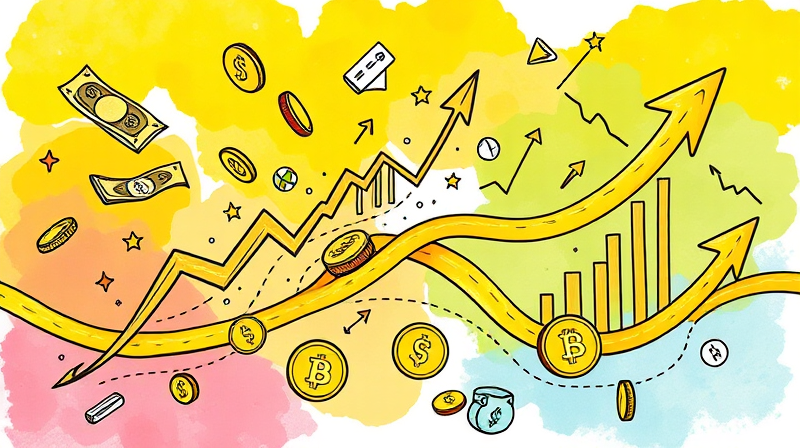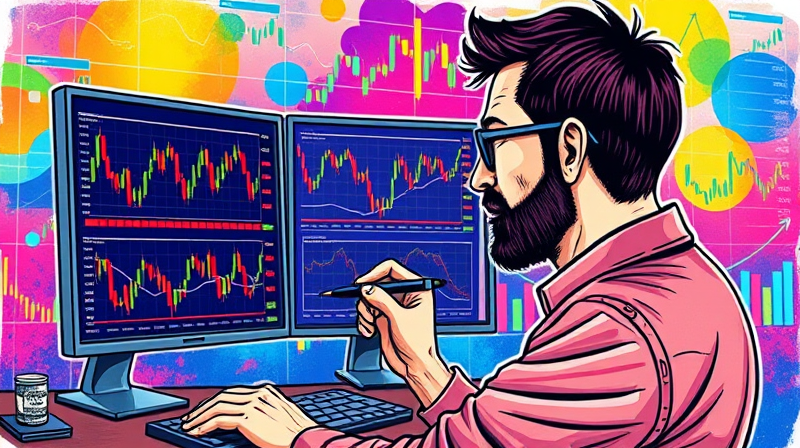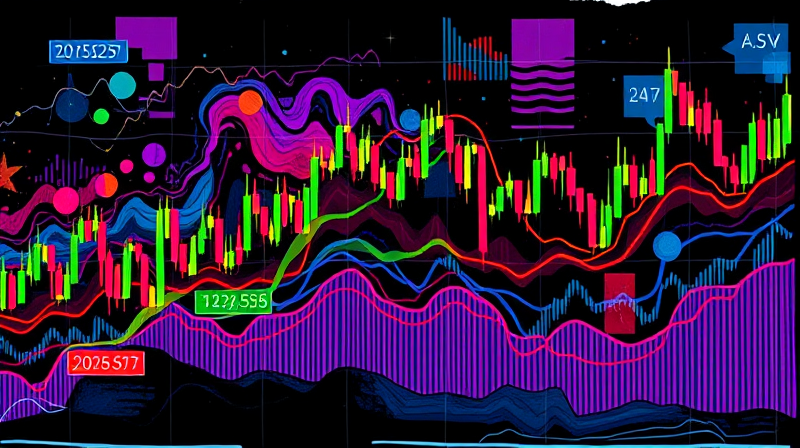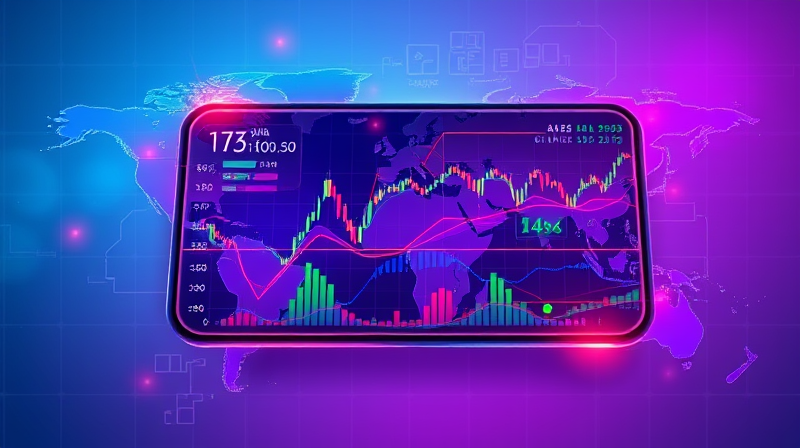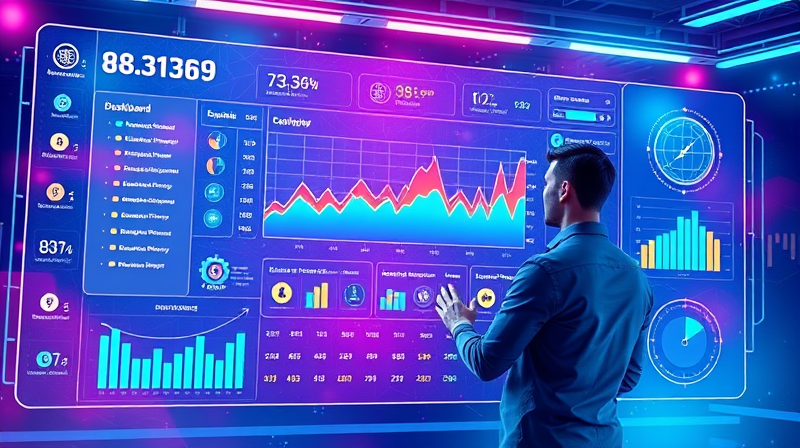
In the rapidly evolving world of blockchain technology, decentralized finance (DeFi) offers unprecedented opportunities for users to manage investments without intermediaries. Central to this transformation are Web3 dashboards, which streamline the management of diverse crypto assets and provide a unified view of complex portfolios.
Decentralized finance, commonly known as DeFi, is the financial subsystem of Web3 that leverages blockchain networks, smart contracts, and decentralized applications (dApps). It replaces traditional intermediaries with open, transparent, and permissionless financial ecosystems that empower users globally.
Web3 dashboards serve as a centralized hub for tracking, analyzing, and operating decentralized assets. By aggregating wallets, token balances, NFTs, and DeFi positions across multiple chains, these tools enhance portfolio visibility and simplify decision-making.
The DeFi landscape has seen exponential growth, with total value locked (TVL) exceeding $100 billion across hundreds of protocols. Users now hold diversified portfolios containing multiple tokens, NFTs, staked assets, liquidity pool positions, and yield farming strategies.
Traditional crypto wallets often lack the ability to monitor complex DeFi positions in real time. This fragmentation forces users to visit several platforms to view balances, transaction histories, and performance metrics. Unified dashboards eliminate this friction and deliver automated updates directly to your interface, reducing time spent on manual checks and enhancing portfolio control.
Leading Web3 dashboards offer a comprehensive toolkit designed to support active DeFi users and newcomers alike. The most impactful features include:
These features not only improve efficiency but also empower users to make informed choices based on up-to-date market data and portfolio analytics.
Several platforms have gained traction for their robust feature sets and intuitive designs:
Each dashboard caters to different user needs, whether the focus is ease of use, in-depth analytics, or enhanced security measures.
These advantages play a crucial role in democratizing access to financial services and fostering broader adoption of DeFi solutions.
Under the hood, Web3 dashboards stream live blockchain data through node connections and API integrations with DeFi protocols. They often leverage blockchain oracles to ensure accurate price feeds and position valuations.
Developers prioritize secure smart contracts and oracles to maintain data integrity, while optimizing for performance to handle thousands of requests per second. A clean user interface also remains critical in attracting users unfamiliar with blockchain mechanics.
As the DeFi ecosystem matures, several trends are shaping the next generation of Web3 dashboards. Integration of AI-driven analytics and yield optimization tools is providing personalized investment strategies based on historical performance and risk profiles.
Another focal point is the adoption of privacy-enhancing technologies, such as decentralized identity solutions and zero-knowledge proofs, to increase user sovereignty and data confidentiality.
Cross-chain interoperability is also expanding rapidly. Bridges and interoperability protocols enable seamless movement of assets between Ethereum, Binance Smart Chain, Solana, and other networks, all managed from a single dashboard.
In conclusion, Web3 dashboards are transforming how individuals interact with decentralized finance. By consolidating assets, delivering real-time insights, and embedding powerful tools directly into the interface, these platforms empower users to navigate the complexities of DeFi with confidence. As technology advances, embracing these dashboards will be instrumental in unlocking the full potential of a permissionless, decentralized financial future.
References




